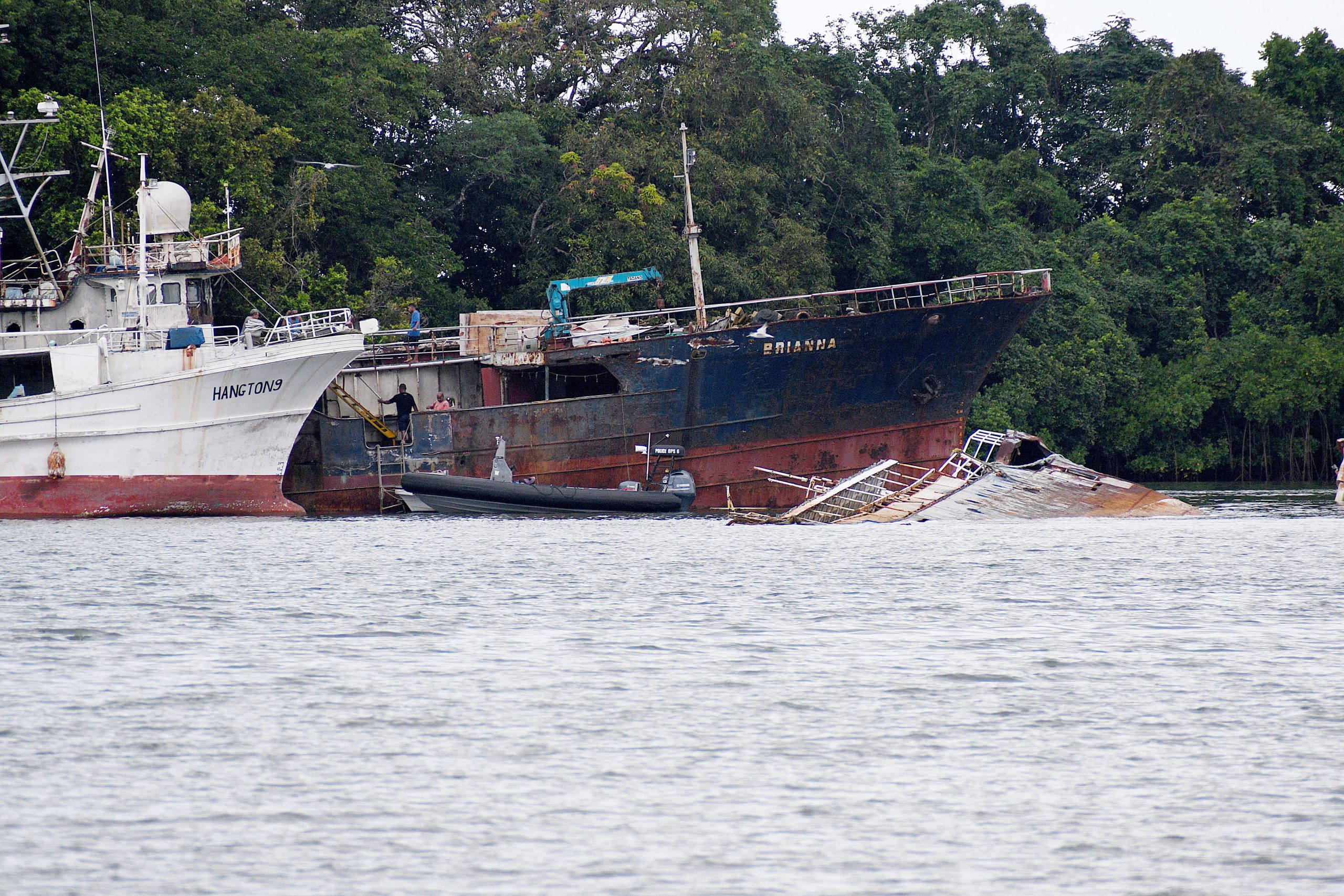Summary of Recent Earthquake in Afghanistan
A recent 6.3-magnitude earthquake struck near Mazar-e-Sharif, the capital of Balkh province in northern Afghanistan, resulting in at least 10 fatalities and approximately 260 injuries. This event adds to the country’s ongoing issue with seismic activity, following a devastating series of quakes in August that caused the loss of over 2,200 lives.
Geographical Context
Mazar-e-Sharif is situated near the borders of Uzbekistan and Tajikistan, sitting at an elevation of around 380 meters in the Amu Darya basin. This location serves as a significant urban and economic hub for the region.
Geophysical Overview
The recent tremor is attributed to the geological dynamics between the Eurasian and Indian tectonic plates, which converge in this region. The strain from the northward-moving Indian plate results in active fault lines throughout northern Afghanistan, constantly accumulating and releasing seismic stress. This area experiences both strike-slip and thrust faulting, typical mechanisms that generate strong earthquakes.
Afghanistan’s Earthquake Vulnerability
Afghanistan is exceptionally vulnerable to earthquakes, ranking as one of the deadliest natural disasters in the nation. Annually, about 560 people perish due to seismic events, accumulating damages that surpass $80 million. Since 1990, over 355 earthquakes exceeding a magnitude of 5.0 have been recorded, underlining a pervasive seismic risk.
Historically, the region has witnessed roughly 100 damaging earthquakes since 1900. Notable incidents include a magnitude 6 quake in 2022 that claimed 1,000 lives; another series of quakes in 2023 also caused around 1,000 fatalities, devastating entire villages. The country’s deadliest earthquakes occurred in 1998, resulting in 7,000 deaths, while a 2015 quake impacted areas in Afghanistan, Pakistan, and India, leading to 399 fatalities.
Most Affected Areas
The eastern and northeastern areas, particularly near borders with Pakistan, Tajikistan, and Uzbekistan, face the highest risks for severe earthquakes. Kabul, the national capital, experiences significant financial repercussions, averaging about $17 million in annual damages due to earthquakes.
Secondary Risks: Landslides
Earthquakes in Afghanistan often trigger landslides, exacerbating the risks to villages and infrastructure. Such landslides can obstruct vital routes and hinder rescue and relief efforts, significantly increasing both human and economic losses.
Building Resilience
Experts advocate for establishing earthquake-resistant construction standards, retrofitting existing structures, and developing enhanced monitoring and early warning systems. It is crucial to map local fault lines using geospatial technology to improve disaster preparedness and facilitate the relocation of vulnerable populations.
This recent earthquake serves as a strong reminder of Afghanistan’s ongoing struggle with seismic hazards and the pressing need for improved safety measures and readiness to mitigate the impacts of future tremors.






